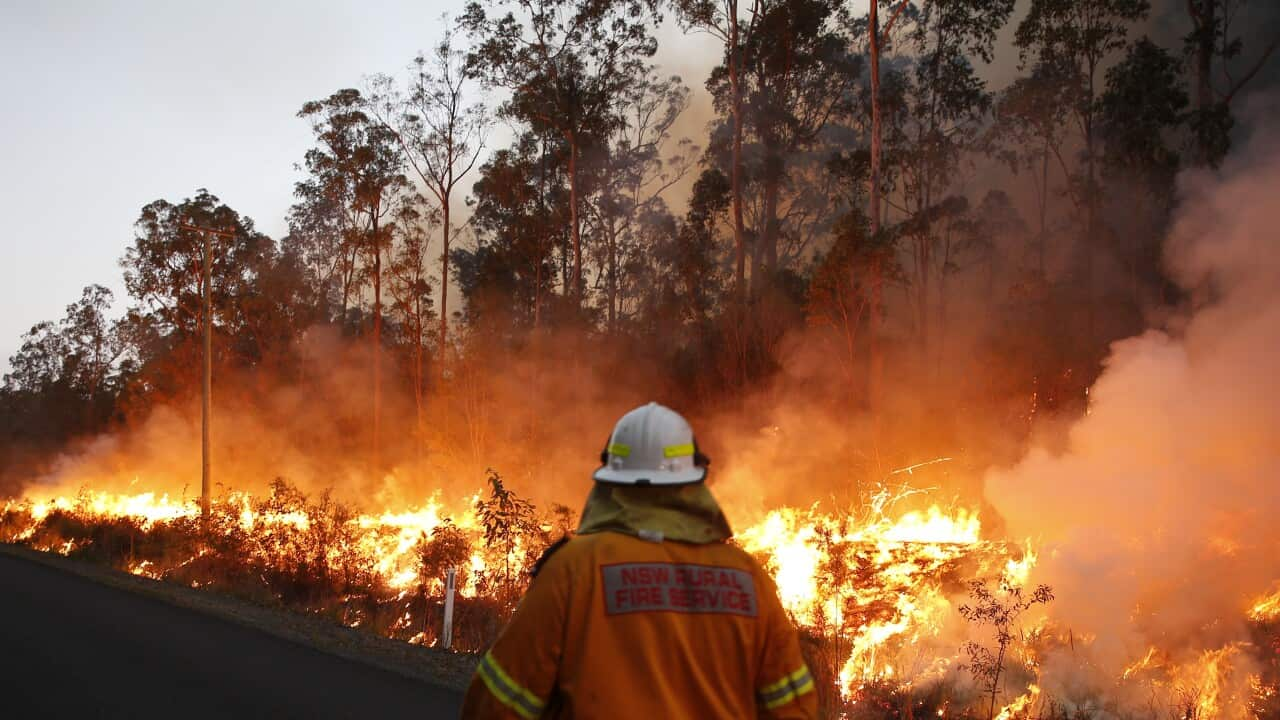Browsing Home Safety And Security: Comprehending the Value of a BAL Report
Browsing Home Safety And Security: Comprehending the Value of a BAL Report
Blog Article
Ensuring Bush Fire Protection Through Proper BAL Report Evaluation
In the realm of bush fire protection, the meticulous analysis of Bushfire Strike Degree (BAL) records stands as a keystone for guarding properties versus the terrible impact of wildfires. With ecological variables and building features playing substantial functions in identifying the level of risk, a comprehensive understanding of BAL ratings comes to be essential. The actual essence exists not just in understanding these records but in decoding them efficiently to formulate customized fire protection approaches. By diving into the value of BAL report evaluation, we uncover a world where notified decisions pave the course towards strengthening building security and resilience in fire-prone areas.
Comprehending Bushfire Strike Level (BAL)
In the world of bushfire defense, comprehending the Bushfire Assault Degree (BAL) is critical for guaranteeing effective reduction strategies. Understanding the BAL ranking of a home is vital for building building contractors, proprietors, and policymakers to execute appropriate procedures to protect versus bushfire dangers.

Relevance of BAL Record Evaluation
A necessary facet in bushfire security planning includes the complete evaluation of BAL reports to examine the prospective dangers and identify appropriate reduction approaches. BAL records supply vital info regarding the prospective impact of bushfires on a residential or commercial property based on various factors such as plant life kind, distance to potential fire hazards, and incline of the land. Examining these records with precision is paramount in creating efficient bushfire security steps tailored to the specific threat account of a residential property.
Carrying Out Fire Security Measures
Applying reliable fire defense procedures is essential for safeguarding properties in bushfire-prone locations. Among the key methods to boost fire security is by creating defensible room around buildings. This involves clearing up flammable greenery, such as completely dry leaves and branches, within a particular span of the building. Furthermore, mounting fire-resistant roof covering materials can help in reducing the threat of ashes igniting the roofing throughout a bushfire. Appropriately maintained displays and seamless gutters are also necessary to prevent debris accumulation that can sustain a fire.
In addition, having a properly maintained and sufficient water supply, such as a tank or swimming pool, can assist firemans in their initiatives to protect the property. BAL Report. Overall, executing a mix of these fire protection actions can considerably increase the possibilities of safeguarding buildings during bushfire occasions.
Mitigating Risks in Fire-Prone Areas
To strengthen residential or commercial properties versus bushfire threats, a calculated focus on mitigating dangers in fire-prone locations is critical. Mitigating dangers in fire-prone locations involves a detailed strategy that includes different actions to decrease the chance and effect of bushfires. One crucial aspect of threat reduction is maintaining defensible area around properties by clearing combustible greenery, ensuring appropriate spacing between structures and trees, and utilizing fireproof landscape design practices. Additionally, carrying out ember-proofing procedures such as mounting steel recommended you read mesh displays on home windows and covering roof tooth cavities can aid stop coal assaults and minimize the danger of place fires.
Furthermore, constructing or retrofitting structures with fireproof products and ensuring correct upkeep of roofings, rain gutters, and external cladding can considerably enhance the home's resilience to bushfires. Developing and exercising a bushfire emergency plan with all owners, consisting of evacuation treatments and interaction approaches, is likewise essential in mitigating threats effectively. By taking on an aggressive strategy to risk mitigation in fire-prone areas, building proprietors can much better shield their assets and improve general bushfire preparedness.
Ensuring Building Safety And Security and Durability
Making certain the safety and resilience of properties in fire-prone locations calls for an unfaltering dedication to durable preventive procedures and visit our website tactical preparation. Residential or commercial property safety and security starts with executing effective procedures to lower fire risks. This consists of keeping a defensible space around the residential property by clearing flammable plants, ensuring proper maintenance of roofings and seamless gutters, and utilizing fireproof structure products. Regular maintenance of firefighting equipment, such as hose pipes and lawn sprinkler, is additionally critical to residential or commercial property durability.
Resilience, on the various other hand, entails the capacity of a building to hold up against and recoup from a bushfire. This can be enhanced through the installment of coal guards on home windows and vents, ensuring that access factors for cinders are reduced. Additionally, having a well-balanced emptying plan and exercising it regularly can significantly raise building durability. Collaborating with next-door neighbors and regional fire authorities can likewise bolster the safety and security and resilience of properties in fire-prone locations. By proactively dealing with these aspects, building owners can much better secure their assets and enjoyed ones from the risk of bushfires.
Verdict
To conclude, ensuring bushfire security via correct BAL report analysis is critical for comprehending the degree of threat positioned by bushfires and implementing required fire defense steps. By alleviating risks in fire-prone areas and making sure residential or commercial property security and strength, areas and individuals can better plan for and react to bushfire next page occasions. It is necessary to focus on fire precaution to shield lives and home in these risky settings.
In the world of bush fire protection, the precise analysis of Bushfire Strike Degree (BAL) records stands as a cornerstone for protecting buildings versus the disastrous influence of wildfires (BAL Report). Comprehending the BAL score of a building is critical for residential or commercial property contractors, policymakers, and owners to carry out suitable steps to protect against bushfire hazards

BAL records provide important info concerning the potential impact of bushfires on a residential property based on numerous factors such as greenery type, range to possible fire threats, and slope of the land (BAL Report). In general, carrying out a mix of these fire defense actions can significantly increase the possibilities of protecting residential properties throughout bushfire occasions
Report this page